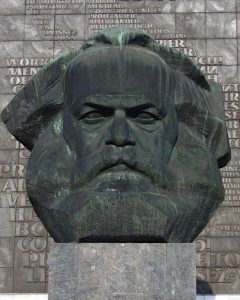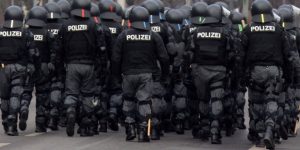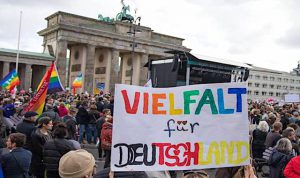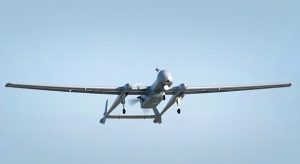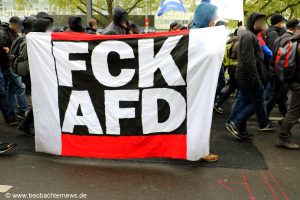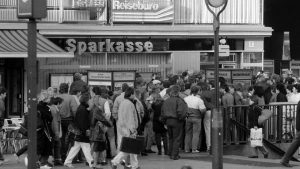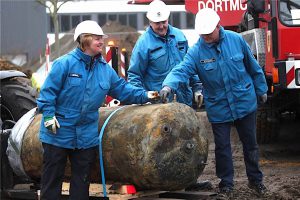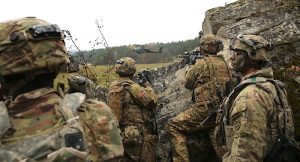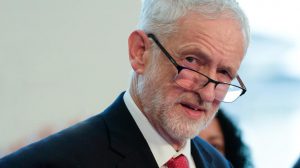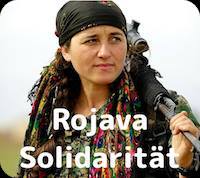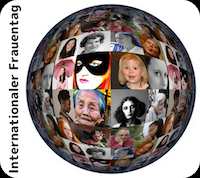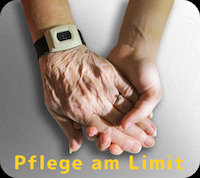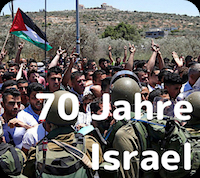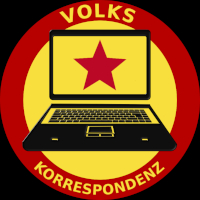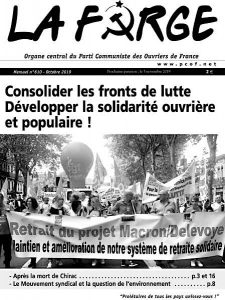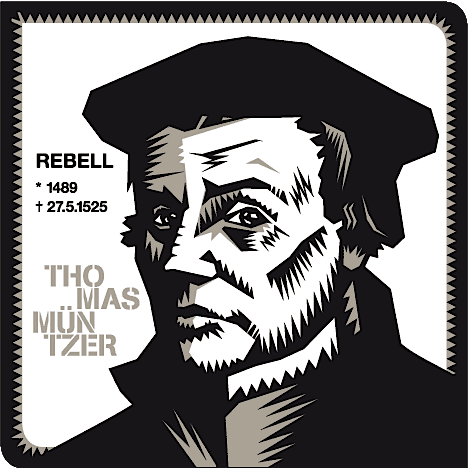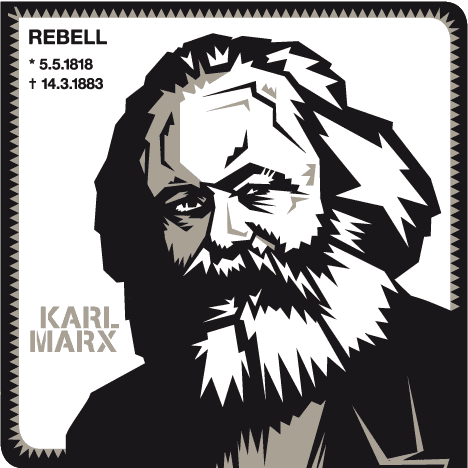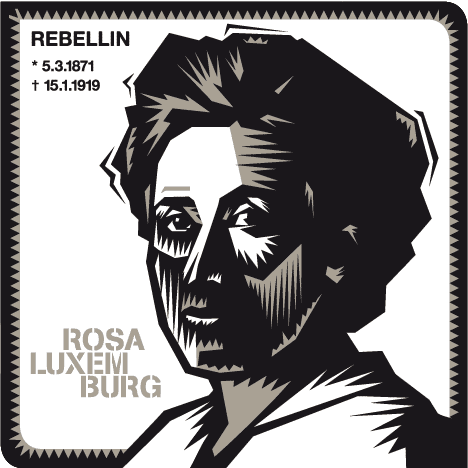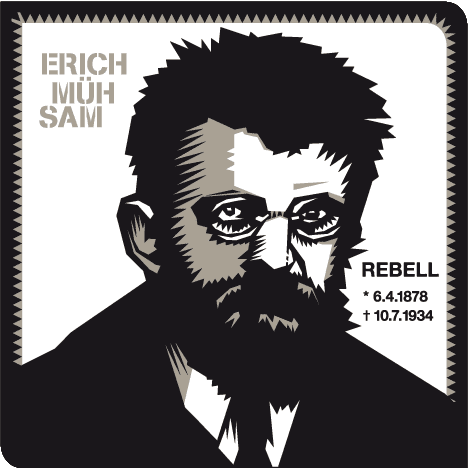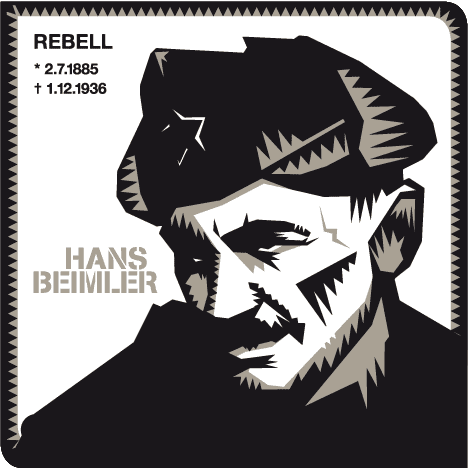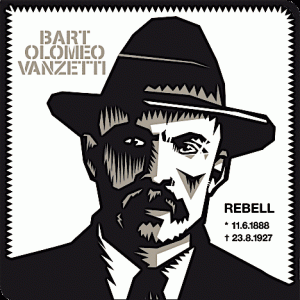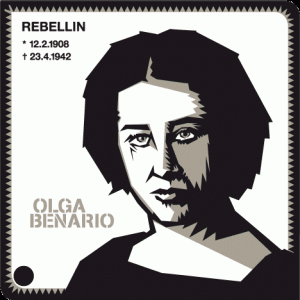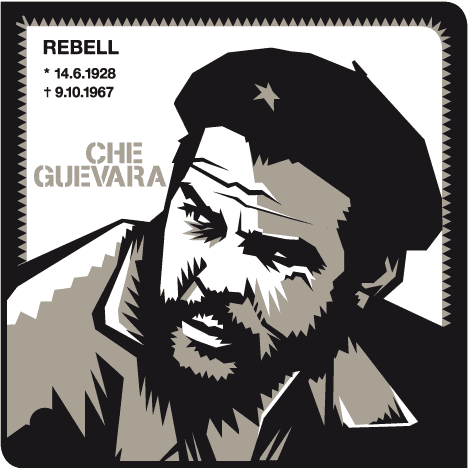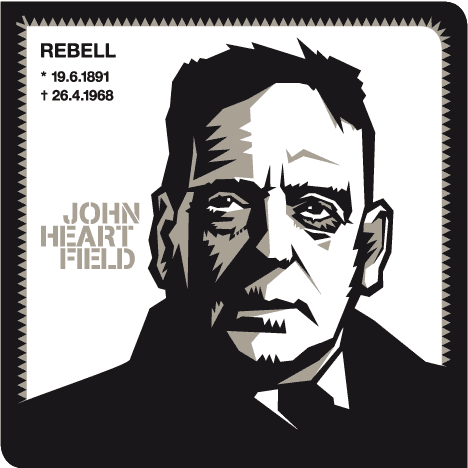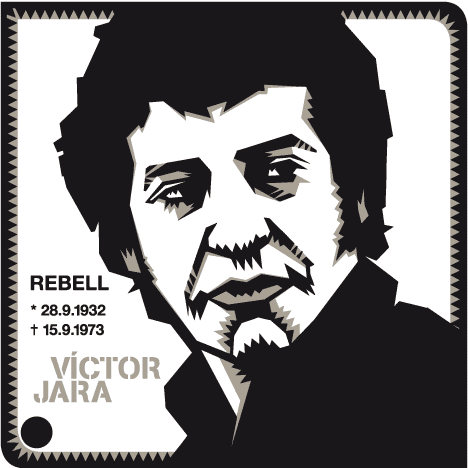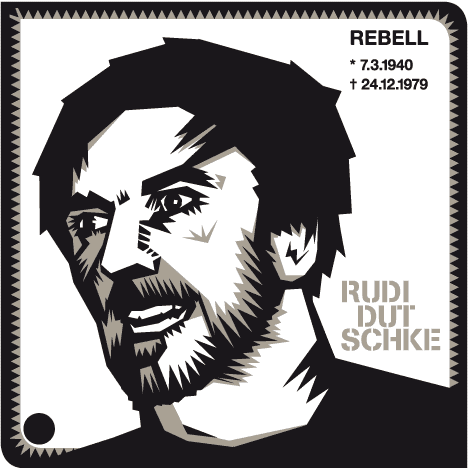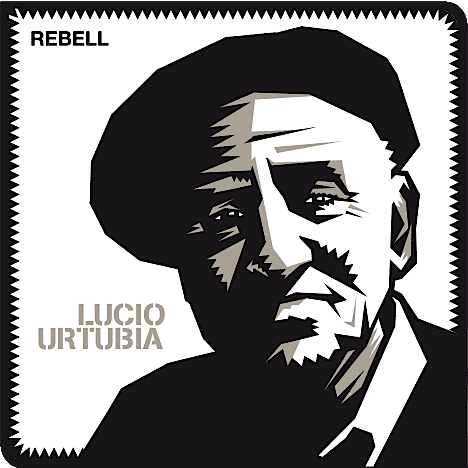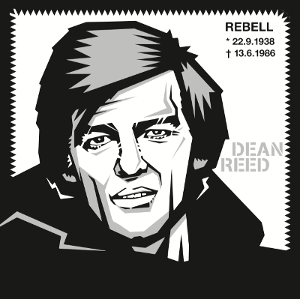Victor Grossman
Nazis on the march
Berlin Bulletin No. 151
.
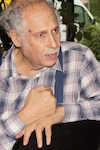
Victor Grossman
Ten eventful days in Germany set alarm signals clanging louder and louder – worst of all in the East German state of Saxony – but in Berlin as well!
In the first episode, in Saxony, the neo-Nazi PEGIDA movement, which has marched in Dresden on many Mondays since 2014, has faded with the growth of the more respectable-looking, more successful but equally racist Alternative for Germany (AfD), which now, with 25% in the polls in Saxony, is second strongest party, with a strong chance of winning next year’s state elections and forming or at least sharing the next government. In fact, it is close to edging out the Social Democrats as second strongest party in all of Germany.
On August 16th the two closely-related far-right rivals, PEGIDA and AfD, joined in anti-immigrant, anti-Muslim togetherness for another protest meeting in Dresden, Saxony’s capital.
At a PEGIDA rally six weeks earlier, at a time when a ship full of people rescued from drowning in the Mediterranean was desperately seeking a port, the crowd had chanted “Let it sink! Let it sink!” For the August 16th rally a TV channel sent out a team to film these or similar goings-on.
Suddenly an ugly-looking demonstrator with an odd cap in the colors of the German flag ran in front of the camera shouting that they were filming him without his consent, thus breaking the law. The journalists told him to simply walk away if he didn’t want to be filmed. Instead, after shouting angrily into the camera, he called the police and insisted that they arraign the “law breakers”. The police obliged and held the team virtually captive for 45 minutes to “register their identity” and write up the mutual accusations. This effectively blocked their filming – clearly what the man had intended.
The story, with the angrily shouting face, hit the national media, accompanied by accusations that the police had worked hand in hand with PEGIDA to curb freedom of the press.
What followed was curious: the minister-president of Saxony, a right-wing Christian Democrat (Merkel’s party), sided not with the TV crew but with the police – for “properly doing their duty”. Under pressure he promised to “further investigate” the case.
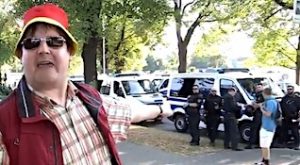
The rabid provocateur, an employee of the State Criminal Police Office of Saxony
Then came the crowning revelation – a discovery that the angry protester was himself an employee of the state police authorities – “not in duty but on vacation”. Police and PEGIDA seemed somehow in cahoots!
Two days later it was Berlin’s turn. Every year the Nazis, old and new, mark the death in 1987 of Hitler’s Deputy Führer Rudolf Hess, who flew a famous solo flight to Scotland on May 10th 1941 in an unsuccessful attempt to make peace with Britain six weeks prior to the Nazi attack on the USSR. Hess committed suicide in 1987 while imprisoned for life in a four-power prison in West Berlin’s Spandau district, and while the prison was torn down years ago to prevent its becoming a shrine, the Nazis meet there anyway. Last year they were outnumbered by anti-fascists – 2000 to 800 – and thus kept from carrying out their planned march.
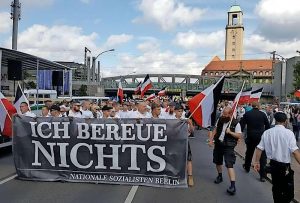
Neo-Nazis with a banner „I do not regret anything“,
a quote from Altnazi Rudolf Hess,
Photo: Sebastian Püh
This year they again called for a march. Berlin’s city-state minister responsible for law and order, a Social Democrat, stated regretfully that he could do nothing to legally prevent them and OK’d it. So the anti-fascists again organized a protest, with church groups, party groups, unions and others organizing a big counter-rally and, by some, a blockade of the Nazi march route. About 2500 showed up. There were very few Nazis, they could hold no rally and the battle seemed won; church bells knelled in triumph and local political leaders were jubilant.
Then it leaked out that this was the wrong place! The Nazis had evidently agreed with the police to forget Spandau and switch their march through a left-leaning area in East Berlin, with one section known for so-called “autonomous”, action-prone young people, whose anti-fascist action often included bottles and stones. Police units, part of the 2300 assembled that day, now marched alongside about 700 Nazis from their starting place (now United Nations Square, in GDR days it had been Lenin Square) along the entire route, protecting them against small, hastily assembled groups of anti-nazis, including a very few bottle or stone-throwers of the masked, “black bloc kind which the mass media love to stress. Some rules for the march had been handed down: no boots, no uniform, no mention of the name Rudolf Hess. Instead, their big banner at the front quoted him in big letters: “I regret nothing”!
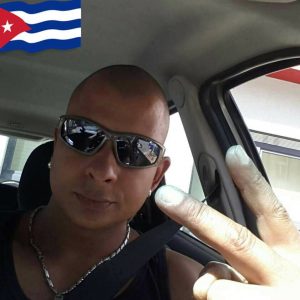
Carpenter Daniel Hillig, family man, murdered on 27 August 2018 by Nazis in Chemnitz
In the meantime the main anti-fascist group in Spandau, off in the city’s western outskirts, was trying to get back into town to stand up properly to the Nazis. But the police first hindered them from reaching the train station and, when many finally did slip through, the police prevented them – and other passengers – from leaving the train stations nearest the Nazi march and even stopped a train which would have taken them close to the final Nazi rally.
The police could thus boast, by and large, that peace and order had been maintained. The Nazis could boast that they had accomplished what they had planned. As for the city government, a delicate coalition of Social Democrats, Greens and also the LINKE (Left), they had nothing to boast of; indeed, there were no audible statements of any kind.
More by Victor Grossman
.
Only the author is responsible for the content of this article.
It doesn’t have to be the opinion of the editorial board.
Even leftist journalism is not free
and even small donations can help to publish big things!
